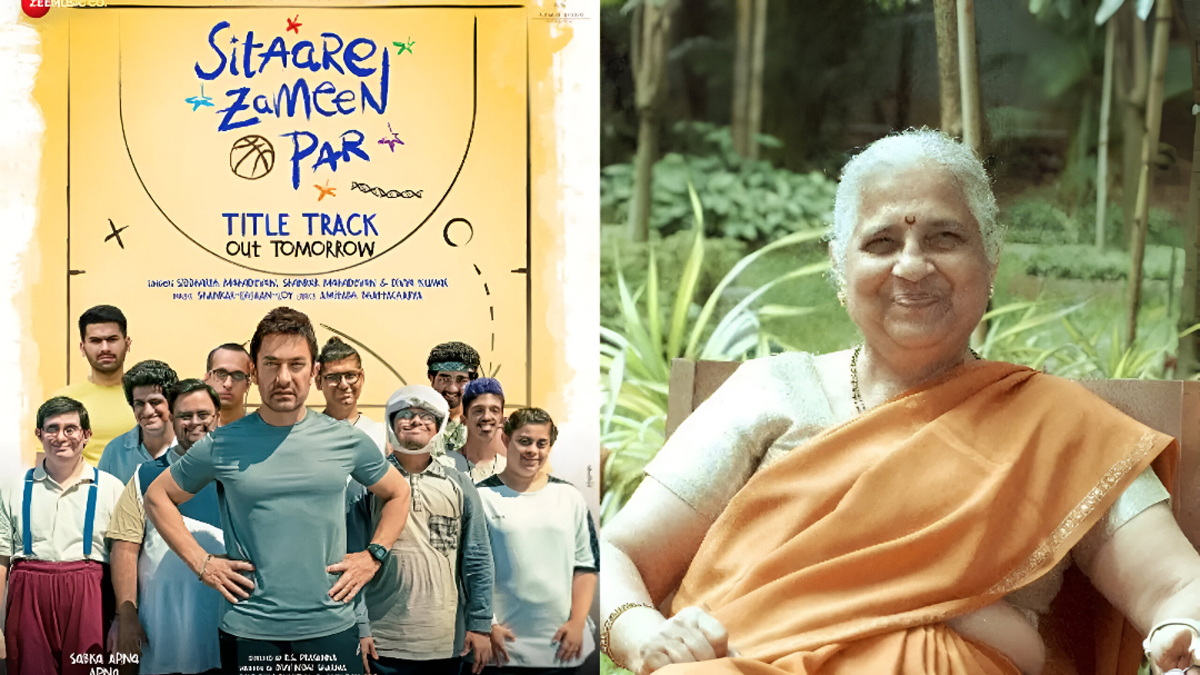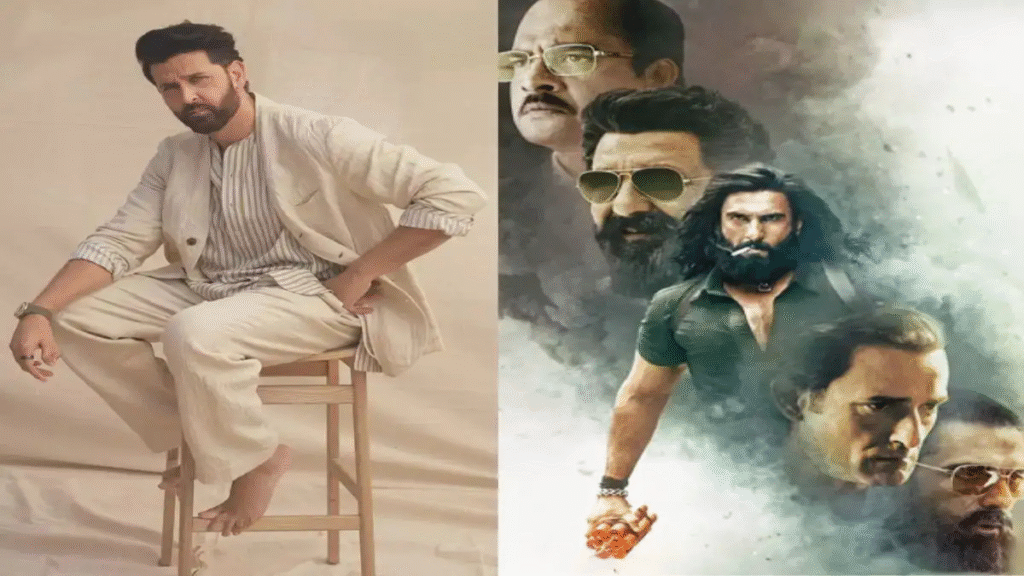Now Reading: Sudha Murty’s Reflection: “Sitaare Zameen Par” – A Gentle Mirror to Societal Norms
-
01
Sudha Murty’s Reflection: “Sitaare Zameen Par” – A Gentle Mirror to Societal Norms
Sudha Murty’s Reflection: “Sitaare Zameen Par” – A Gentle Mirror to Societal Norms

In a world increasingly driven by metrics of “normalcy,” a cinematic offering like “Sitaare Zameen Par” arrives not with a thunderclap, but with a gentle, persistent hum that resonates long after the credits roll. Through the imagined lens of someone as insightful and empathetic as Sudha Murty, one can envision this film sparking profound conversations about what we, as a society, deem acceptable, desirable, and, most importantly, “normal.”
Sudha Murty, known for her profound understanding of human nature and her unwavering commitment to compassion, would undoubtedly find “Sitaare Zameen Par” a poignant and necessary watch. The film, in its assumed premise, courageously steps onto the terrain of difference, exploring lives that perhaps don’t fit neatly into the conventional boxes our communities often construct. It doesn’t sensationalize or pity; instead, it invites us to simply see.
From Murty’s perspective, the film’s greatest strength lies in its ability to dismantle preconceived notions without overt preachiness. Instead, it weaves narratives that subtly highlight the inherent value and unique brilliance within individuals who might be labeled as “not normal.” This could encompass a spectrum of differences – from neurodiversity and unconventional talents to unique life choices and challenges that set one apart from the perceived mainstream. The film, one imagines, excels at showcasing the rich tapestry of human experience, proving that “normal” is a remarkably narrow and often exclusionary construct.
Murty, through her vast experience working with diverse communities, understands that true progress lies in embracing diversity, not in homogenizing it. “Sitaare Zameen Par” would, therefore, be a welcome artistic contribution to this ethos. It prompts us to question the very foundations of our judgments: Why do we privilege certain ways of thinking, being, or living over others? What invisible criteria do we apply when labeling someone as “different” or “out of sync”?
The film, in its assumed brilliance, wouldn’t offer simplistic answers, but rather, a multitude of perspectives. It would likely portray the struggles faced by those who don’t conform, not just externally in a world that often struggles to accommodate them, but also internally, as they navigate their own sense of identity. Crucially, it would also shed light on the profound beauty and strength that often emerge from these very differences – a unique lens through which to view the world, an unconventional approach to problem-solving, or an unyielding spirit in the face of adversity.
“Sitaare Zameen Par” would resonate deeply with Murty’s philosophy of universal human dignity. It would reinforce the idea that every individual, regardless of their perceived “normalcy,” possesses inherent worth and deserves respect, understanding, and the opportunity to flourish. The film would, in essence, be a cinematic extension of her own work, encouraging empathy and breaking down the invisible barriers that often separate us.
In the imagined words of Sudha Murty, one might hear her articulate that “Sitaare Zameen Par” is not just a film; it is a vital societal conversation starter. It’s a reminder that true wisdom lies not in enforcing conformity, but in celebrating the kaleidoscope of human existence. It encourages us to look beyond superficial labels and to truly see the “stars on the ground” – the extraordinary individuals who, in their unique ways, illuminate our collective human story. This film, therefore, is not merely entertainment, but a powerful call to introspection and, ultimately, to a more inclusive and compassionate world.










